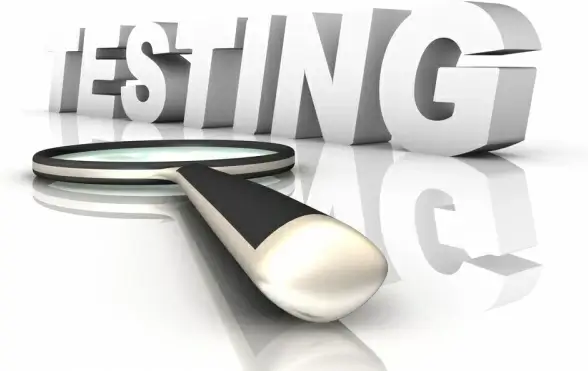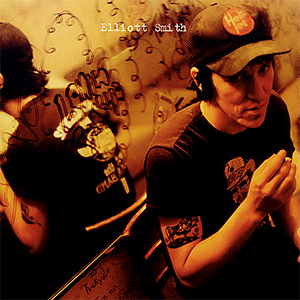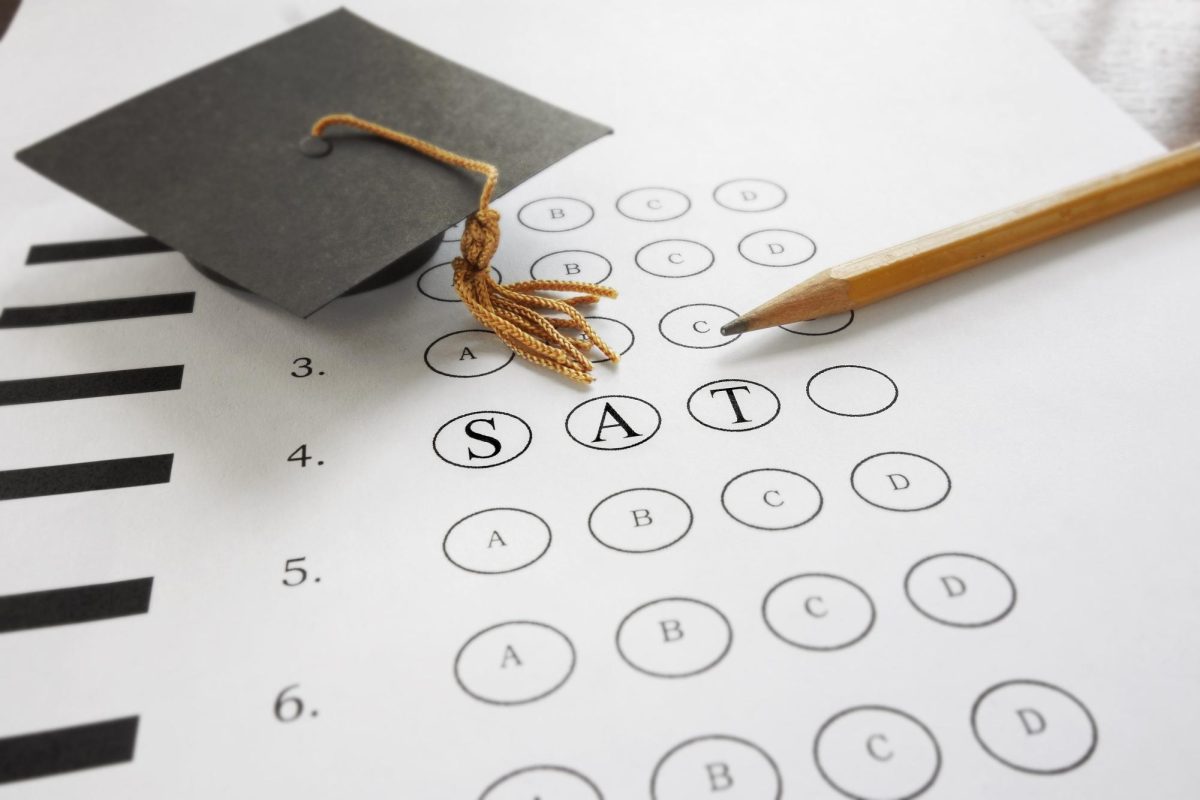Easter Overview
April 11, 2023
The holiday of Easter, much like Christmas, has roots in Christianity and ancient Pagan culture (Pagan also known as Paganism can be used to describe a person that holds different religious beliefs other than recognized or main religions). Although Easter is considered a religious holiday, many modern traditions come from Easter’s Pagan roots. In Christianity, it is when Christians glorify and give thanks for the Resurrection of Jesus Christ. The earliest recorded observance of an Easter celebration goes all the way back to the 2nd century, though the commemoration of Jesus’ Resurrection most likely could have occurred earlier. Easter originated as an ancient Pagan celebration of the spring equinox (which this year occurs on March 20, 2023 at 5:30 PM), and now Easter is a day that is dedicated to observing the Resurrection of Jesus Christ, which is usually celebrated around the time of Jewish Passover (which is typically in March or April lasting about 7 to 8 days). With the spread of the Gospel of Christ, early Christians who did not participate in Jewish customs eventually mixed their observations of Passover with the Pagan spring festival, eventually leading Easter to become known as “Resurrection Day.”
The Easter traditions that we know today come from a wide blend of Christian themes and ancient Pagan celebrations. Many of these include Easter decorations such as Easter eggs, bunnies, and sweets that all originate from the Pagans. One of the most recognizable symbols associated with Easter is the Easter egg. The symbol goes back to the Ancient Babylonians, who believed an egg fell from heaven into the Euphrates River (around Iraq, Syria, and Turkey), and then “hatched” the goddess of fertility, Astarte (also known as Easter). Pagans would exchange these eggs as gifts during their springtime festival. Today, many of these eggs are painted in bright colors and are used in ever-popular Easter egg hunts, and they are hidden for kids to find and collect. Another popular Easter staple is the Easter Bunny. Rabbits/bunnies, much like eggs, have long represented the spring season and fertility. The Easter Rabbit is a tradition that originated in the Pagan festival of Eostre, represented by a northern goddess who was associated with the rabbit and hare (type of rabbit). Depicted most commonly as a large white rabbit in clothing, the modern “Easter Bunny” brings eggs and treats for kids to enjoy every year. Finally, another traditional Easter symbol is the white lily which is a flower. Pure white, the flower is associated with purity and grace, giving it the association with the story of Jesus as a symbol of life, joy, and hope.
Easter Joke:
Q: How does the Easter Bunny keep his fur looking so nice?
A: He uses hare spray!












